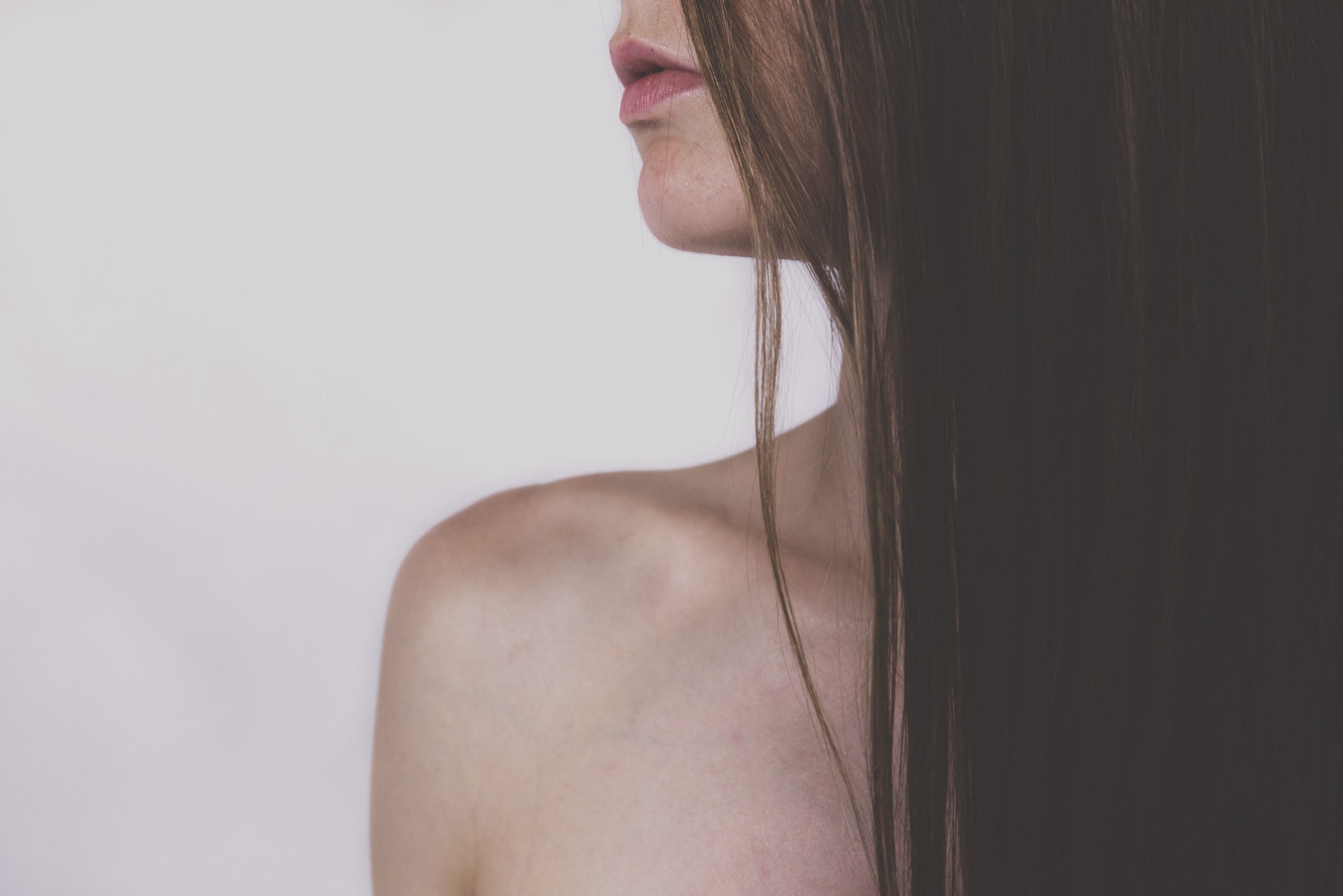Did you buy that hair straightener that your friends have been raving about, but were rather disappointed with the results? Why didn’t that expensive iron curler work for you despite the great reviews? The simple answer to these questions is because we all have different hair types, and each type has its own special needs that determine the kind of tools, hairstyles and hair products for women work the best.
This means that in order to choose the right hair care tools that will give you the desired results, you have to take your hair type into consideration.
Thin hair requires extra precautions
Thin hair is the most fragile hair texture because the diameter of each strand is the smallest of all hair types. The smaller diameter also means that it doesn’t take much to penetrate through the hair which is why less is usually more when it comes to this hair type. This applies to both the products and the heat that you apply to your thin hair.
Fine hair dries much faster than thick hair which is why you should take extra precautions when brushing or styling it. To do that, you need to make sure that you can set the temperature on your hot styling tools to a relatively low degree. There are special curling irons and hair straighteners for thinner hair with adjustable heat settings that go as low as 300° F. The lower temperature is key if you want to protect your fine hair from damage and maintain its health and texture. Ideally, your styling tool should be between 340 and 370° F at its highest.
Besides the temperature control, the material of your hair styling tools is also important. The best curling irons and straighteners for thin hair are made of either tourmaline or ceramic because both materials encourage even heat distribution, making them perfect for styling fine hair without the risk of scorching it. Some of the best tools for fine hair include innovative, ionic technology that eliminates static frizz and special, detangling features that prevent hair breakage.
When it comes to brushing, you need to be extremely gentle because straight and thin hair tends to get tangled easily. Boar bristle brushes generally work best for this hair type because their bristles are stiff enough to detangle any knots but are still gentle enough so that they won’t pull out any sensitive strands or put unnecessary strain on your hair.
Thick hair requires more effort to style
While fine, thin hair can be easily damaged by high heat, thick, coarse hair requires a hair-styling tool that heats up to higher temperatures. Because thick hair has the thickest diameter of all hair types, you’ll probably need to turn your curler or your straightener a little higher to get the results you want. But don’t worry, thick hair is the strongest of all hair textures and can take a bit more heat than the other types without being damaged.
In this case, anywhere between 380 and 410° F should work just fine. But if you’re still having a hard time curling or straightening your hair at 410° F, then slow down your movements and hold the hot tool to your hair a little longer or go over your locks a second time but whatever you do, do not turn the temperature all the way up. Otherwise, you might risk scorching your hair.
If you have thick, coarse hair, opt for titanium hair straighteners and curling irons over their ceramic counterparts because they tend to hold high heat better. Plus, titanium has a natural ionic charge, which will help you get rid of the static frizz and style your hair quickly without having to go over the same section as many times.
When it comes to brushing thick, coarse, or curly hair, there’s one major rule you should follow and that is to only brush your hair when it’s wet. Ideally, you’ll want a wide-toothed comb or a detangling brush that will easily detangle your hair, minimize the frizz, and speed up the drying process.
As you can see, your hair type matters more than you think. Whether you have thin straight locks or thick, tight curls, the key to optimum hair care is choosing the best tools and products for your specific hair type. Now, your hair type depends on your hair’s texture, density, and wave patterns. So before you try that popular hair product or buy that expensive styling tool, get to know your hair type so that you can better understand the styles, tools, and products that will work well for you.

